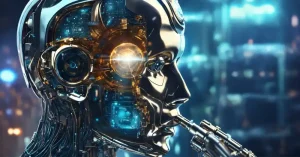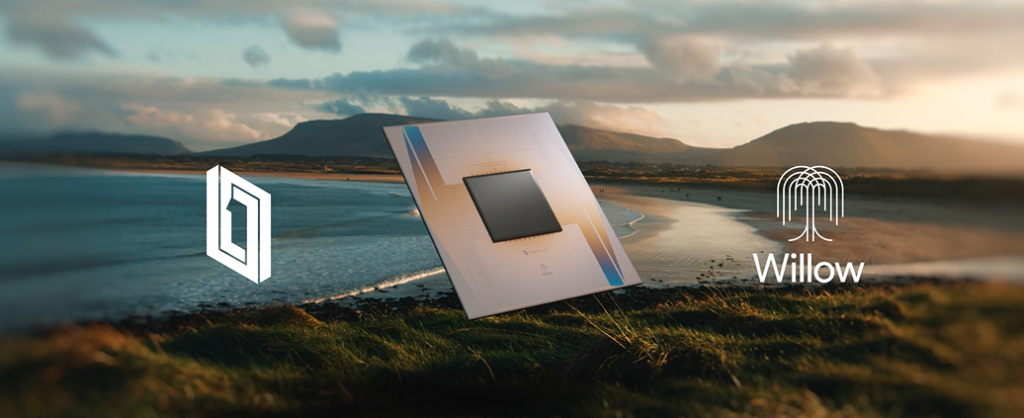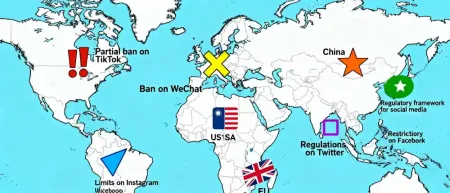Much tomfoolery and chicanery is going on in reporting what Google’s new quantum chip, Willow, can do. Satyen K. Bordoloi attempts to separate the wheat from the chaff.
Google’s recent announcement of their Willow quantum computing chip has, to put it mildly, made the world go bonkers. And why wouldn’t it? Google claims in its blog/press release/announcement that “Willow performed a standard benchmark computation in under five minutes that would take one of today’s fastest supercomputers 10 septillion (that is, 10²⁵) years — a number that vastly exceeds the age of the Universe.”
Mind blown, right? But what does this statement mean?
If Willow can do such lightspeed calculations, does it mean it can compute all of the world’s billions of digital systems calculations within seconds? Or that we throw all our supercomputers into the dustbins of history and that the world needs not more NVIDIA H100 GPUs but a few Willow chips? Bizarre, right? Yet, the technical and mainstream media propagates such myths in reporting this development without critical thinking. Meanwhile, ‘experts’ on social media are going nuts over theories of parallel universes and timelines as if Willow wasn’t a quantum chip but the next Marvel movie.

While the development represents genuine progress in quantum computing, the excitement surrounding it deserves scrutiny. So, let’s examine what Willow is, what it can do, and whether the grandiose claims about its potential match reality.
First, a disclaimer that most articles on Willow miss: that of the author’s inadequacy.
Reporting Challenges: Reporting on AI is complicated, but to do that for quantum computing is a mind-bender. With AI, I began eight years back thinking of it as alien intelligence, as if it were a species. It took years of study to understand the concepts enough to write about AI with hesitant authority. Despite studying quantum physics for a decade and quantum computing for the last few years, its full grasp eludes me to agree or disagree with Google’s Willow press release fully. Hence, this is an attempt to balance acknowledging what is groundbreaking in Willow without being swayed by it while admitting my limitations and attempting to break down complex concepts into simple terms.
Understanding Willow: Like all quantum computers, Willow employs superconducting circuits and operates at near absolute zero temperatures. What sets it apart, is its improved qubit connectivity and reduced noise levels, which Google claims will help bridge the gap between theoretical quantum advantages and practical applications. More importantly, its quantum computing architecture shows improvements in qubit coherence times and error rates compared to predecessors.
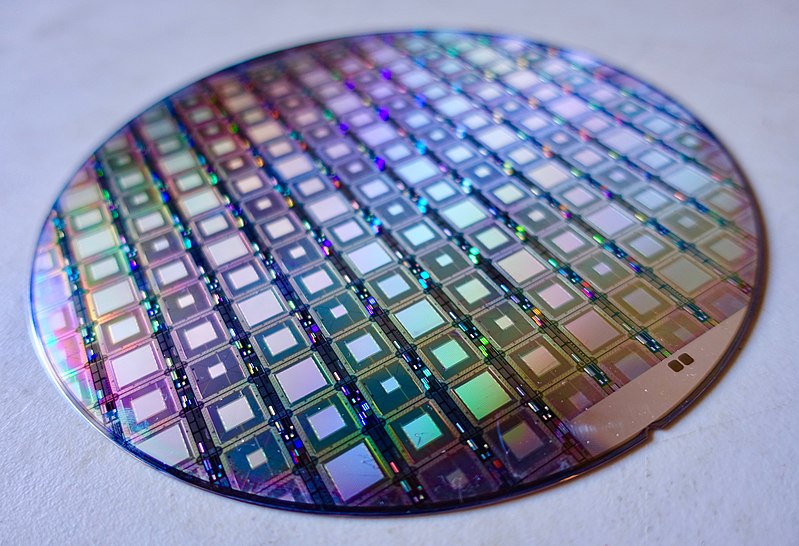
Quantum computers are inherently error-prone due to the fragile nature of qubits and the effects of noise, decoherence, and gate operation imperfections. It is the quantum error corrections in these systems that maintain computational accuracy. However, high error rates from 1% to 0.1% overwhelm correction mechanisms, making it impossible for a quantum computer to perform accurate calculations. Hence, effective quantum error correction needs error rates to be below a critical threshold to correct errors faster than they accumulate.
Technical Achievements vs. Practical Applications: Willow’s technical specifications are impressive on paper. Google reports coherence times (which allows leveraging principles of quantum mechanics to do computations) in the millisecond range and error rates showing marked improvement over previous generations. However, these metrics alone don’t tell the complete story about practical utility.
Imagine having a state-of-the-art spaceship capable of interstellar travel at phenomenal speeds. While it’s an incredible technological achievement, it doesn’t help much when you just need to go grocery shopping. Similarly, Willow’s capabilities, while theoretically powerful, may not translate directly into solving real-world problems, at least in the near term.
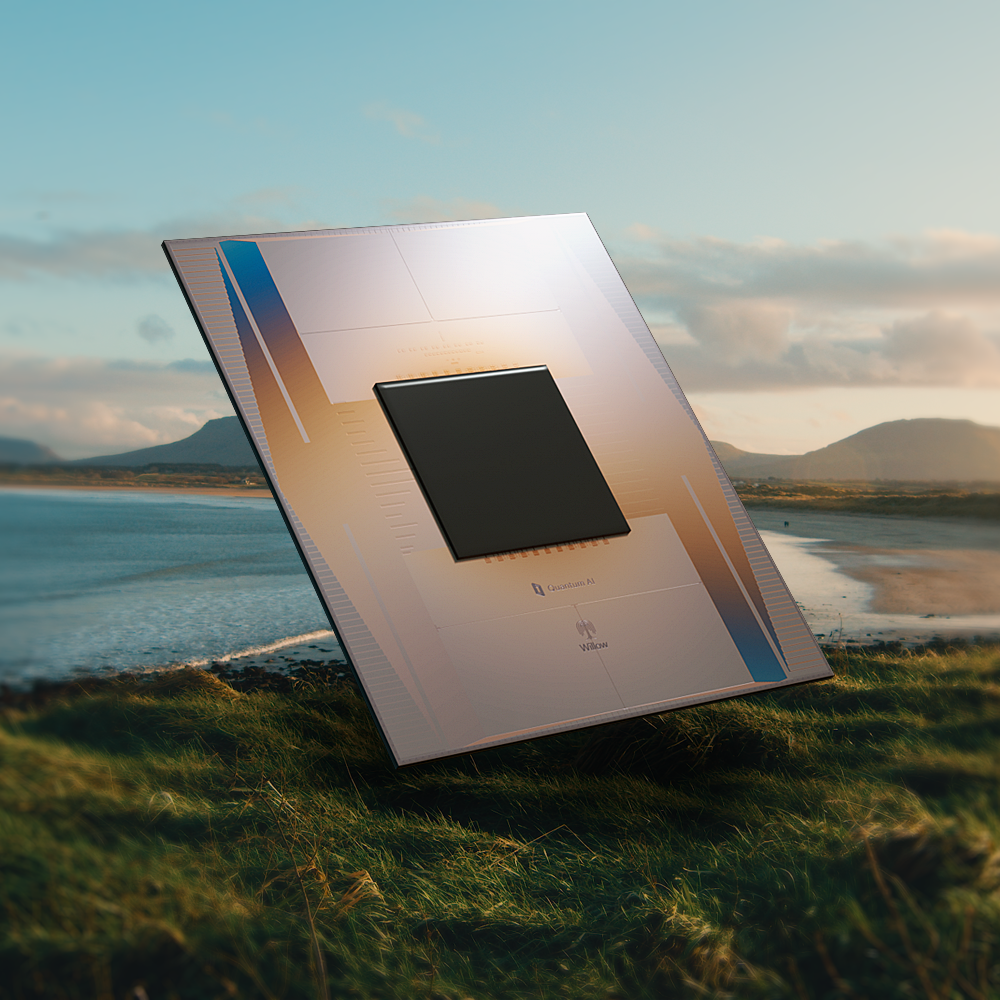
The Marketing Hype Problem: The field of quantum computing has developed a concerning pattern of overhyped marketing claims. Willow’s announcement is the latest casualty. The media picks them up and adds spices of sensational statements to these claims. Some outlets have claimed that quantum computing will solve climate change within months, that it will make classical computers obsolete, that it can crack any encryption instantly or that it’ll revolutionise drug discovery overnight. The worst are the ones that claim that Willow can calculate so fast because it accesses parallel universes.
All these claims fundamentally misunderstand both quantum computing capabilities and the complexity of everything, from climate science and computing in general to the principles of string theory, which first postulated parallel universes.

The Echo Chamber Effect: A particularly troubling aspect of quantum computing coverage is what we might call the “quantum echo chamber.” Many commentators and even some technology journalists appear to be repeating Google’s press releases without fully understanding the underlying technology. This has led to several concerning trends in the field.
Technical limitations are often downplayed or ignored entirely, while timeline expectations become increasingly unrealistic. This can result in investment decisions being based on incomplete or misunderstood information. Perhaps most concerningly, public understanding of quantum computing becomes increasingly divorced from reality, verging on the fantastical as these misconceptions propagate.

What Willow Actually Can and Cannot Do: From running quantum circuits with improved coherence times to demonstrating quantum advantages in specific, narrow test cases, to advancing understanding of error correction and qubit control and serving as a valuable research platform for further quantum algorithm development, Willow is a winner. It is an essential step in quantum hardware development.
However, its limitations are significant, often understated, and not unlike other quantum computing systems. The system cannot run meaningful quantum algorithms at scale and requires extensive error correction, severely limiting its practical applications. It still operates within the constraints of the NISQ (Noisy Intermediate-Scale Quantum) era and cannot outperform classical computers in most real-world applications.
However, the most essential point to remember is that Google’s estimation of Willow is based on mathematical calculations and tests of stability rather than the actual solving of real-world applications. If you think about it, performing “a standard benchmark computation in under five minutes that would take one of today’s fastest supercomputers 10 septillion (that is, 10²⁵) years” does not mean that Google actually solved a calculation that took that long; but that it is an extrapolation based on mathematical simulations.
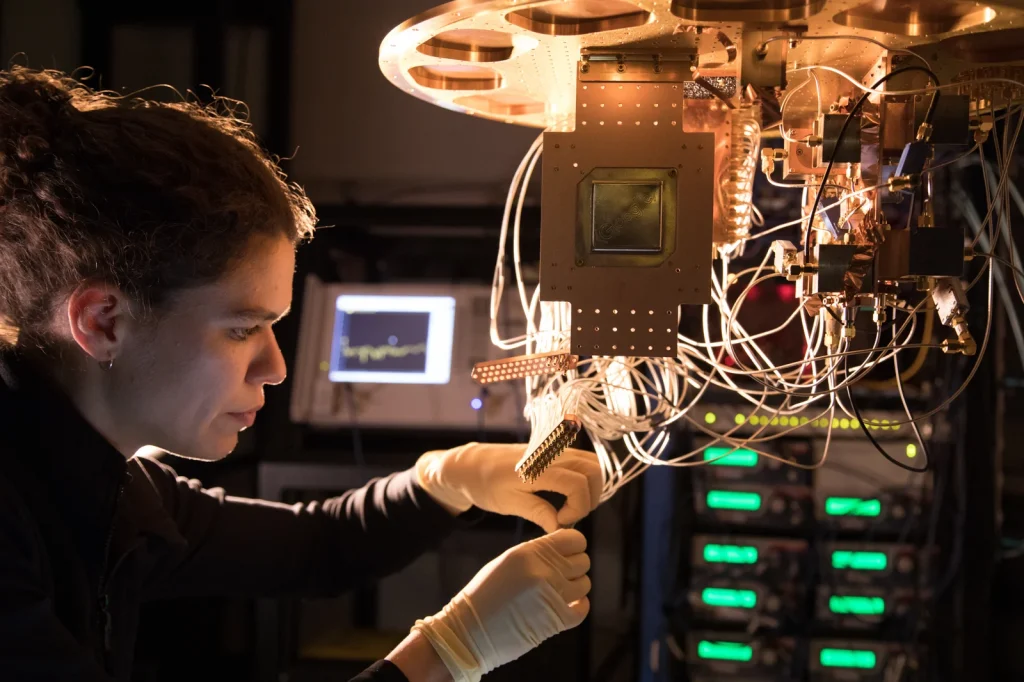
That number was reached using mathematical models to estimate how a classical computer would scale in performance on the same task as the problem size increases. Have you ever heard of “many a slip between the cup and the lip”? Willow and other quantum systems will find their slips as they step into the world of real-world applications.
A More Realistic Look at the Future: While Willow represents genuine progress in quantum computing research, it is best understood as an incremental step forward rather than a revolutionary leap. In the short term of one to two years, we can expect improved research capabilities for quantum algorithm development, a better understanding of error correction methods, and incremental advances in qubit coherence and control.
Over three to five years, we might see demonstrations of quantum advantage in specific, narrow applications, development of more practical error correction methods, and improved understanding of quantum algorithm design. In the long term, though, we could see potential practical applications in specialised fields, possible breakthroughs in error correction, and better integration with classical computing systems.

Rather than getting caught up in sensational claims, we should appreciate Willow for what it is: a meaningful step forward in quantum computing research that will help us better understand its challenges and possibilities. The real breakthrough will come not from a single announcement like this but from the steady, incremental progress of thousands of researchers working to solve the fundamental challenges of quantum computing across the globe.
A hat tip to their quiet work, over the hot hype of Willow, would serve the field ‘10 septillion’ times better.
In case you missed:
- Microsoft’s Quantum Chip Majorana 1: Marketing Hype or Leap Forward?
- AI Taken for Granted: Has the World Reached the Point of AI Fatigue?
- Why the Alleged, Upcoming AI Crash Is Never Going To Happen
- You’ll Never Guess What’s Inside NVIDIA’s Latest AI Breakthrough
- Can AI Solve Quantum Physics?
- Beyond the Hype: The Spectacular, Stumbling Evolution of Digital Eyewear
- The Great Data Famine: How AI Ate the Internet (And What’s Next)
- Quantum Internet Is Closer Than You Think, & It’s Using the Same Cables as Netflix
- Google Falters Under AI Onslaught: Future of Search in Peril?
- These 3 Economists Discovered the Secret Code of Progress & the Formula to Survive AI
